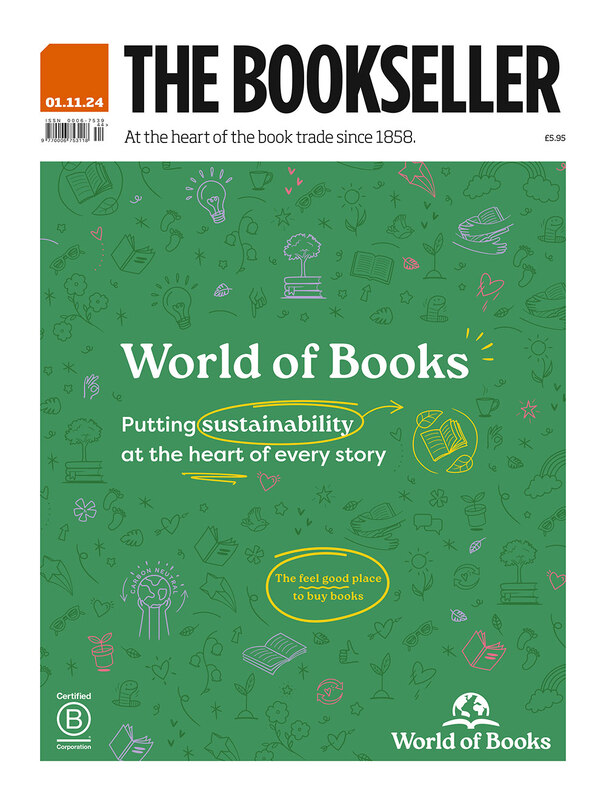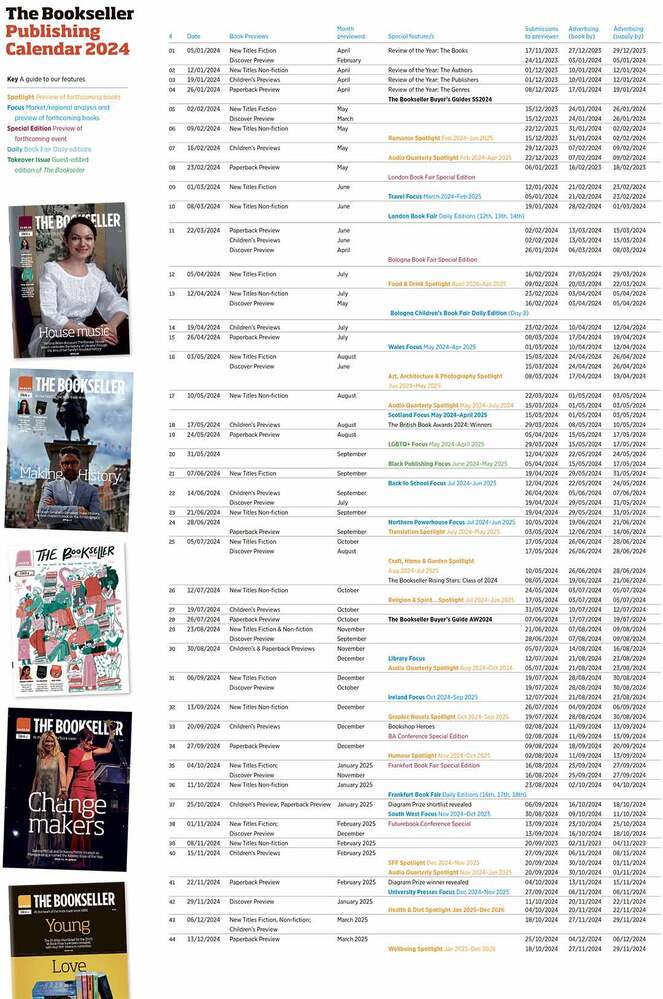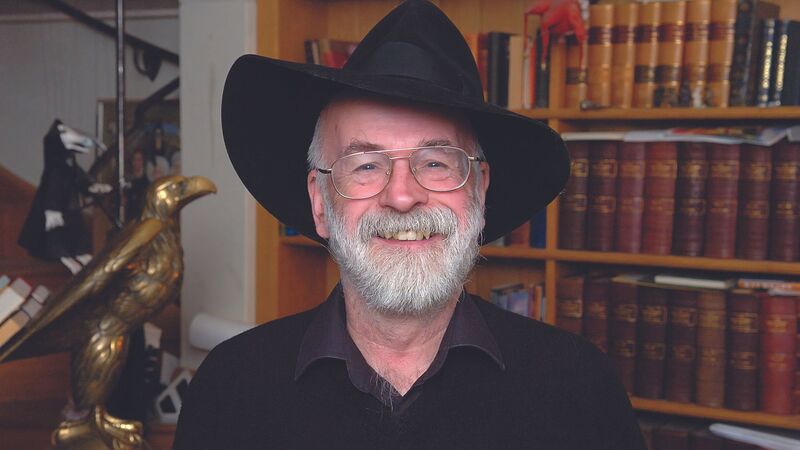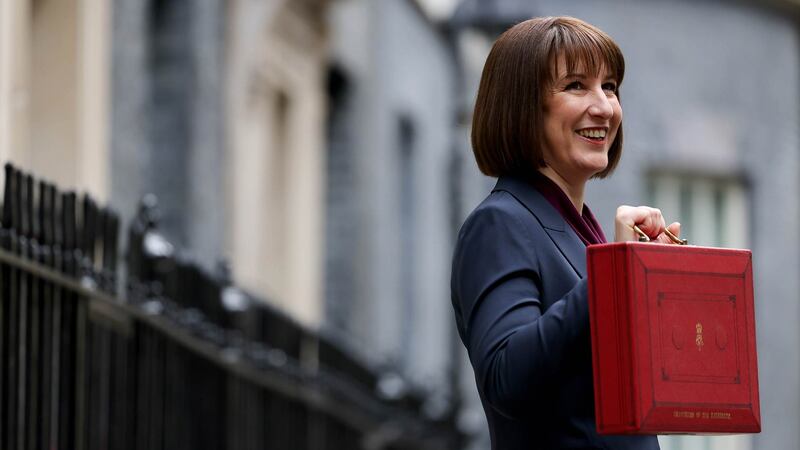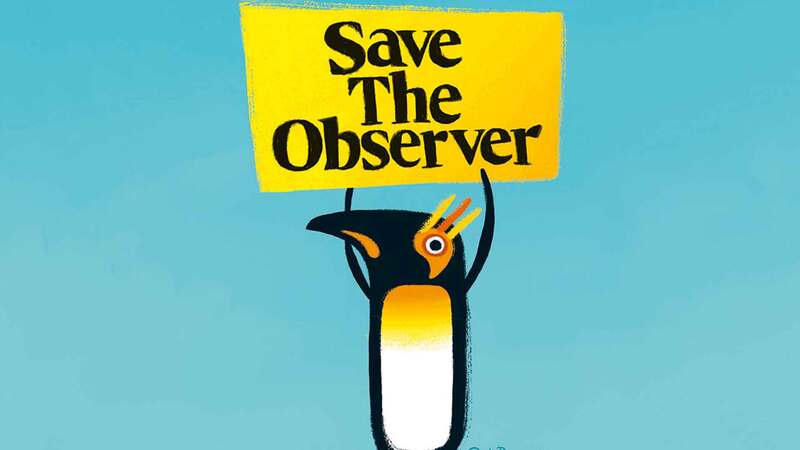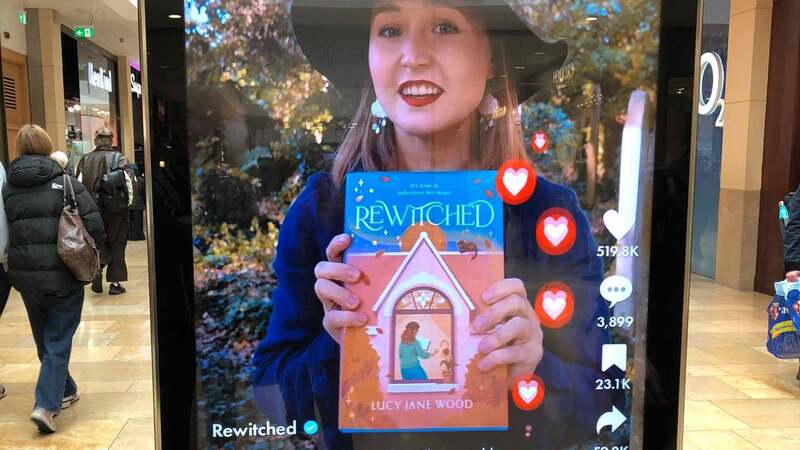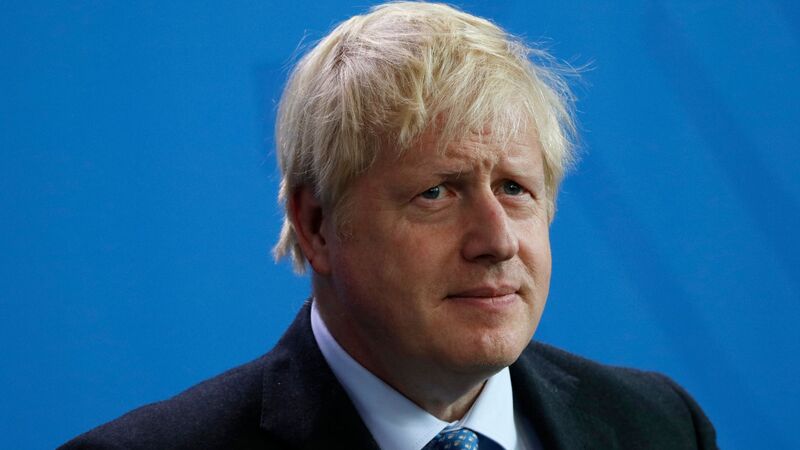You are viewing your 1 free article this month. Login to read more articles.
Backlist sales surge in lockdown as shop closures hinder discoverability of debuts
Data from Nielsen BookScan has revealed how readers increasingly reached for backlist titles over lockdown. Publishers and retailers confirm the backlist boom, but say it hasn’t diminished their appetite for promoting new names.
A new report from Enders Analysis, Trade Books in the Pandemic: Fair Retail Ending, shows the shift in demand from frontlist to backlist amid the Covid-19 crisis of 2020. Through analysis of Nielsen BookScan’s bestselling titles for the first 48 weeks of 2020 and 2019, the report described the shift as “clear” in the top 5,000, if not in the top 100 titles. The mean number (the average or the most common value) of days since publication rose to 1,350 among 2020’s top 5,000 bestsellers, compared to 1,250 in 2019, and the median number (the middle number in a sorted, ascending or descending, list of numbers) of days jumped to 623 from 509 the year before.
This effect seems to have so far to have carried over into 2021, according to The Bookseller’s own analysis. Looking at the available data for spring 2021, from the period Nielsen BookScan began reporting sales figures again after lockdown forced bookshop closures (from the week ending 20th March up until 22nd May), it is clear that backlist titles are continuing to sell strongly.
Titles published on or before 14th March 2020, a year before this period began, totalled 19.6 million copies, selling for £166m over that time. This was significantly up (22% in volume and 20% in value) on the same period during spring 2019. The number of backlist titles selling also jumped 8% against spring 2019, to 744,611. As a proportion of the market as a whole, backlist accounted for 57% in volume, compared to spring 2019’s 50%.
The definition of backlist is fairly blunt given that Charlie Mackesy’s The Boy, the Mole, the Fox and the Horse—published in October 2019 by Ebury—was 2020’s bestselling book, with more than a million copies sold in total. It is also the bestselling backlist title for spring 2021, with 108,971 copies sold. Delia Owens’ Where the Crawdads Sing, published in December 2019, also sold strongly over the past 10 weeks, after becoming a go-to lockdown distraction across 2020 and into this year. It sold 53,791 copies over spring 2021. The 2017 edition of Adam Silvera’s They Both Die at the End, boosted into the charts after going viral on TikTok, charted third.
Better than average
The market is generally up compared to the same period two years ago. Enders Analysis points out that “sales crashed” at the start of the pandemic, with publication dates moving and events cancelled, before they more than recovered, with annual growth rates “much higher than would be expected in a good but ‘normal year’”. Nielsen is still unable to report sales data from most of the lockdown periods, with figures only returning for a handful of weeks before bookshops reopened as Lockdown 3.0 restrictions eased. But it estimated a 5.5% year-on-year jump for 2020 as a whole.
Spring 2021 has so far seen 33.8 million books selling for £265m, an increase of 6% in volume and 7.6% in value compared to the same period in 2019. Bookshops were still closed in late March and early April for five of those weeks in 2021, and the figures are compared against a strong spring 2019, which saw the release of blockbuster non-fiction hit Pinch of Nom. Catherine Allinson and Kay Featherstone’s cookbook, which became the fastest selling non-fiction title on record in March 2019, sold nearly 700,000 copies alone during that period, with Mrs Hinch’s début Hinch Yourself Happy shifting a further 300,000-plus units.
By comparison, spring 2021’s current number one, February-published The Midnight Library by Matt Haig (pictured right), has sold 145,172 copies across that time—five books had sold more than that apiece in 2019. However, spring 2021’s impressive growth shows the strength in depth of the market post-lockdown: rather than a standout bestseller at the very top pulling the market up as a whole, sales have improved across the board. Of course, even with those provisos, backlist’s growth has over-indexed against the market-wide jump.
Naturally, sales across the period in 2019 were especially front-ended, with 30% of the top 5,000’s volume, and 26% of its value, earned by the top 100 bestsellers. In comparison, the top 100 titles in spring 2021 sold 20% of the top 5,000’s volume and 18% of its value.
Enders Analysis’ research, which shows 3,147 titles more than a year old charted in 2020’s top 5,000 bestsellers, compared to 2,992 in 2019, points out the effect could also be explained by fewer titles launching in 2020. Despite the general wisdom that everyone was going to finally write their novel in lockdown, 2021 is still lagging behind 2019 in new releases. Over spring 2019, 56,065 titles published on or after 1st January that year were sold through the Total Consumer Market, compared to 52,504 titles published on or after 30th December 2020 in spring 2021.
Publishers and retailers have confirmed a boom in backlist. Ian Chapman, c.e.o. of Simon & Schuster UK, said: “Backlist titles for us did perform very well—they are a clear and safe option for both retailers and consumers, who know exactly what they are getting from a brand name, and the books were able to deliver the comfort we were all craving,” he said. “But we do have substantial support across all retailers for most of our upcoming frontlist titles in exactly the way we would expect in ‘normal’ times, and we also have a début book publishing next month that all retailers are supporting really strongly.”
Jeremy Trevathan, publisher at Pan Macmillan, said that while backlist is up, it will not change the nature of commissioning. “It was more of a blip than a massive change in what we do. It did focus our minds on the increased possibility of backlist sales,” he said, adding: “There’s no diminution in the appetite of launching new authors or doing new things. What has changed is the possibility of online marketing and things like events, which I suspect will go hybrid as much as hybrid working [will].”
David Roth-Ey, executive publisher at William Collins and Fourth Estate, noted that literary fiction and midlist non-fiction were “challenged” over lockdown, with closures forcing the literary lists to turn to consumer and digital marketing, which is “more the domain of commercial imprints”. Meanwhile Juliet Mabey, publisher at Oneworld, reflected: “Books that were already quite high-profile, the winner of Booker Prize or the Women’s Prize, or like Richard Osman’s novel, sold exponentially more than they previously would have done in a normal year. Midlist or débuts sold exponentially less. This is a reflection of what would happen if we didn’t have successful bookshops.”
Katharine Fry, trade buying manager at Blackwell’s, said she would “gently echo” the report’s findings, with children’s backlist “surging” in particular, a trend that has made it more difficult to hand-sell début children’s authors. She added: “We’ve been very conscious of it and have actually been putting all our effort into finding out what we can do to find different books to put in front of customers,” she said. Since reopening, the company has promoted more débuts in-store, including using characters in costume in its Oxford store to celebrate Pip Williams’ Vintage début The Dictionary of Lost Words.
Picture credit for Matt Haig image © Ken Lailey.

